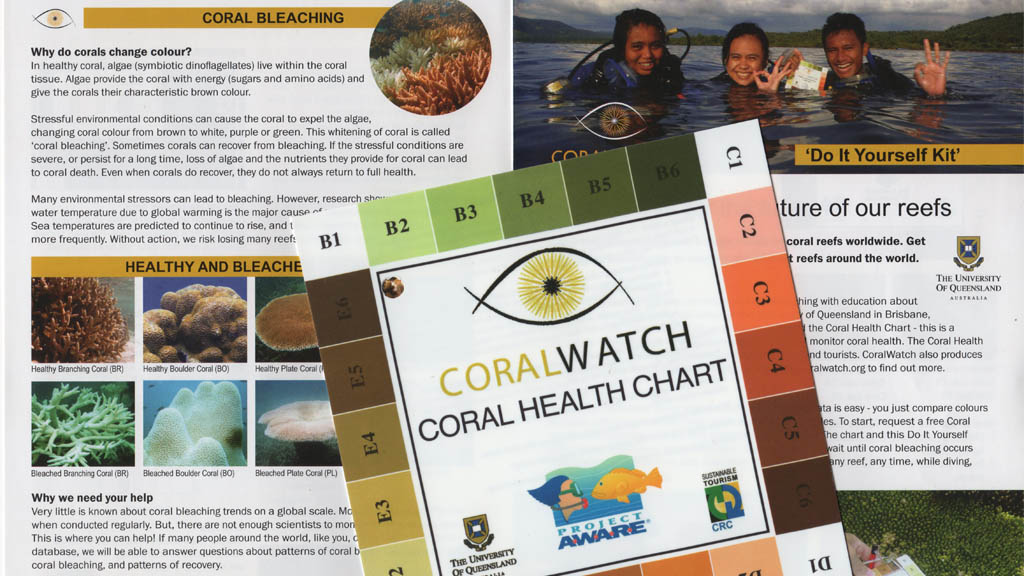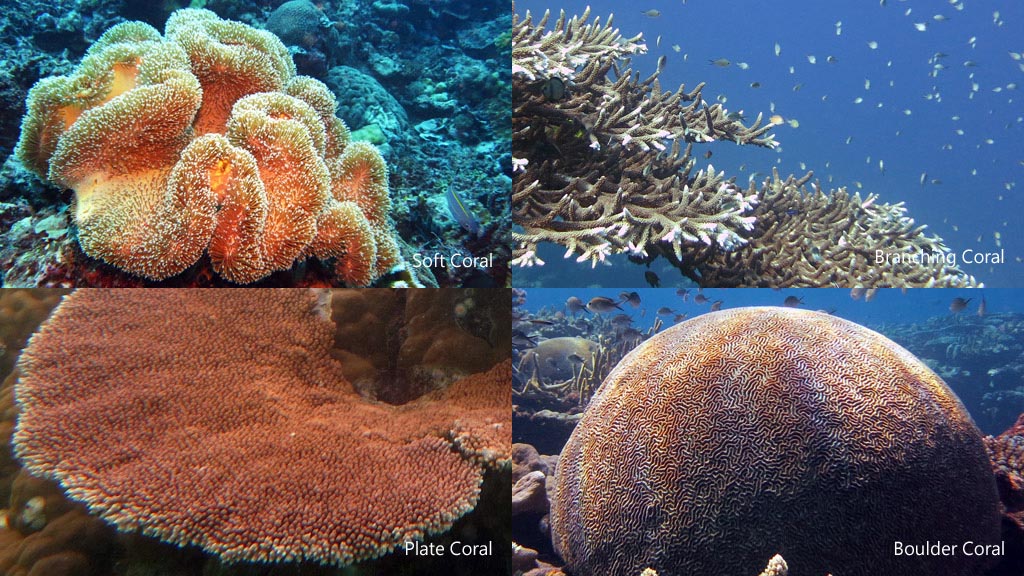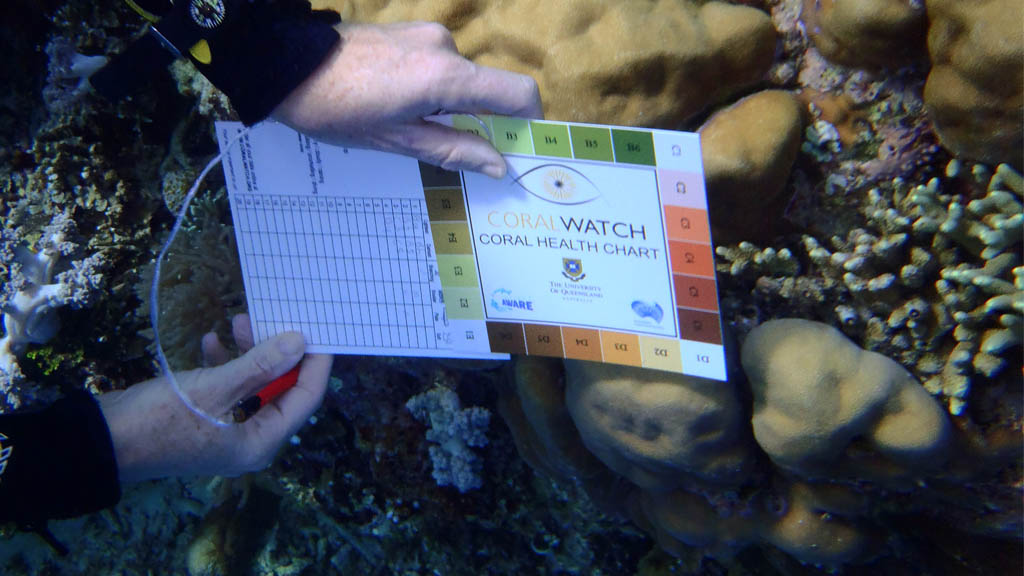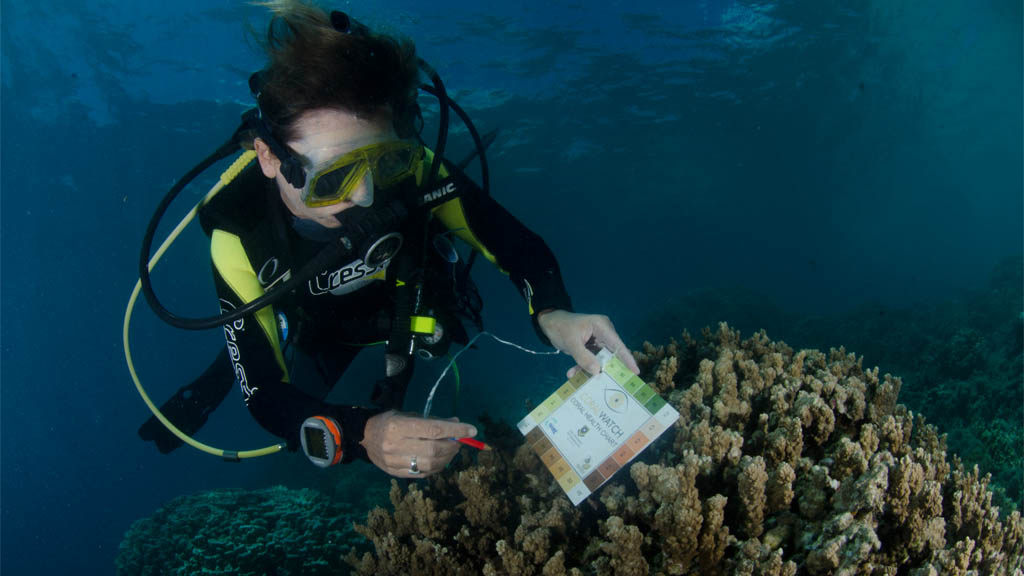A global initiative, based out of the University of Queensland, CoralWatch is a citizen science initiative to help non-scientist volunteers collect invaluable data about the health of their local reefs.
How does it work?
(There’s a video below if you prefer to watch than read).
Using the colour coded Coral Health Chart shown below, you simply match the colour of corals and enter them on the slate which is part of the Do It Yourself Kit.
Then, back on the surface, you enter your data straight into the free App, via Web, or send your completed data entry form back to CoralWatch in the post, via fax or scan and email.
You don’t need to be a coral expert to use the Health Chart: only be able to identify four different types of corals: Branching, Boulder, Plate or Soft
Obviously, if you’re a diver you do need very good buoyancy control, and the ability to get your chart close to the coral without actually touching it. For each coral head, you simply record the lightest colour and the darkest colour, and then move on to the next random piece of coral. Two fins kicks following a straight line along a reef will give a great random sample.
Why is the data so valuable?
With increasing global ocean warming, coral bleaching is becoming increasingly prevalent. However, coral bleaching doesn’t necessarily result in coral death. By identifying areas where corals are susceptible to bleaching, it might be possible to improve the chances of coral recovery post-bleaching if some of the other stressors can be addressed.
The data accumulated by CoralWatch is made available to academics across the world and can be used to support many different streams of research. Most importantly though, if your survey indicates that there is a >70% likelihood of representing a bleaching event, you will receive an email alert, and you can contact your local reef management group to investigate further.
Get the Chart
You can either order the CoralWatch Chart for free and download the data entry and information sheets, or can can order the Do It Yourself Kit including the Chart and the underwater Data Entry Slate for just $10. Head to the CoralWatch.org website and look under Download or Order menu options – there’s lots of other interest materials all about corals. It’s a global initiative, so many of the materials are available in other languages including Bahasa.
Here’s the video describing the initiative.
If you liked this post, you might also like to read about how you can learn to keep an Eye on the Reef.
(Images courtesy of CoralWatch and Chris Roelfsema).






